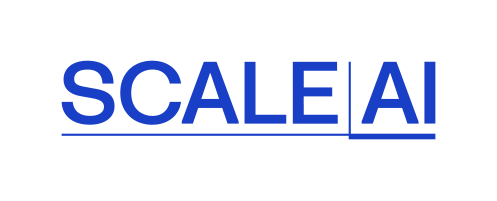The misunderstood patent.
Jeff and some colleagues had an idea: If things were just easier to buy online, people would buy more. Less mouse clicks would mean more sales. Seems obvious now, but in the early days of e-commerce, buying online seemed more like banking than shopping. So, Jeff’s company – Amazon.com – implemented its now-famous 1-click ordering.
Jeff Bezos also understood that winning means much more than just being first. So, he filed a patent to protect the 1-click ordering method. Back then, filing patents for computerized methods was almost as new as e-commerce.
But Bezos understood that IP rights solidify competitive advantage and build business value even in a fast-moving Internet economy. Bezos once said Amazon files patents to “protect against competitors trying to put us out of business”.
Although the 1-click patent recently expired, Amazon is now a market leader and also has over 2500 patents. Think that’s just a coincidence?
We’ve seen how non-public ideas, information and data can be protected as secrets, but protecting secrets unfortunately can’t stop independent development or reverse-engineering.
For that, we need patents.
IP Myth: You can only patent technology breakthroughs or pioneering inventions.
IP Fact: Most patents are for incremental improvements to existing technology.
Patents are the most misunderstood IP right, maybe because patent law seems complicated. But the basics are simple, and for most people the basics are all you need.
IP that can be patented:
A new or improved:
- set of functional steps [method or process invention], like those performed in software, a technical process or a machine learning method,
- physical thing [apparatus invention], such as an improved product feature, or
- material compound [composition of matter], like a fuel cell membrane or a polymer.
Software and AI.
Yes! These can be patented – as methods. Think flowchart or block diagram.
Some examples are methods to optimize a data pipeline or ingest data, or segment data, or to regularize or train a machine learning model.
IP Myth: I believe in open innovation, so I don’t believe in patents.
IP Fact: Patents can improve company valuation, position you as an innovator, drive customer interest, provide a counterpunch if you are sued, and be leveraged for better terms in contracts. How you use patents is your choice.
What can I patent?
There are several requirements for patenting [patentability], but to keep things simple, let’s focus on the two most important (we’ll cover the others in a future post):
- Must be new. The method, product feature, or improvement must be new [novelty]. If the same invention was described in a publicly-available document [prior art] or was in public use [prior use] anywhere in the world at any time in history before your patent application is filed, that might limit your ability to get a patent. But if there are any differences, you may still have a chance to get a patent.
- Must be an inventor. Only the person who actually made the invention [inventor], or who acquired ownership of it from the inventor [assignee], has the right to patent it. You can’t patent someone else’s invention.
What should I patent?
The most important patent “requirement” isn’t even a legal one – it’s a business requirement.
I am often asked: “what can I patent?” but that is completely the wrong question! Patenting will only help improve your business if what you patent is also what drives value or competitiveness.
So, the real question is: what should you be patenting?
This important question needs its own post. But first, we need to cover a few more essentials in our next post, where we’ll shine the spotlight on how the patent process works.
Takeaways.
- New or improved methods or physical things can be patented.
- Software and AI can be patented as methods.
- Most patents are for improvements to existing methods or things (not pioneering ideas).
- Only new inventions can be patented.
- You must be an inventor, or have rights from the inventor, to file a patent.
*Todd is Chief IP Officer at Scale AI, and a lawyer, patent agent and IP strategist with 25 years’ experience helping startups, SMEs and multinationals protect and commercialize their IP.
Please Note: Concepts discussed here have been simplified to facilitate learning. You should consult a qualified IP lawyer or agent to discuss your unique IP needs. Protecting your IP should not be a do-it-yourself project.
Scale AI is Canada’s AI Supercluster, investing in AI supply chain projects, acceleration and talent development across Canada. Visit us at www.scaleai.ca to see how we can help your business grow.

